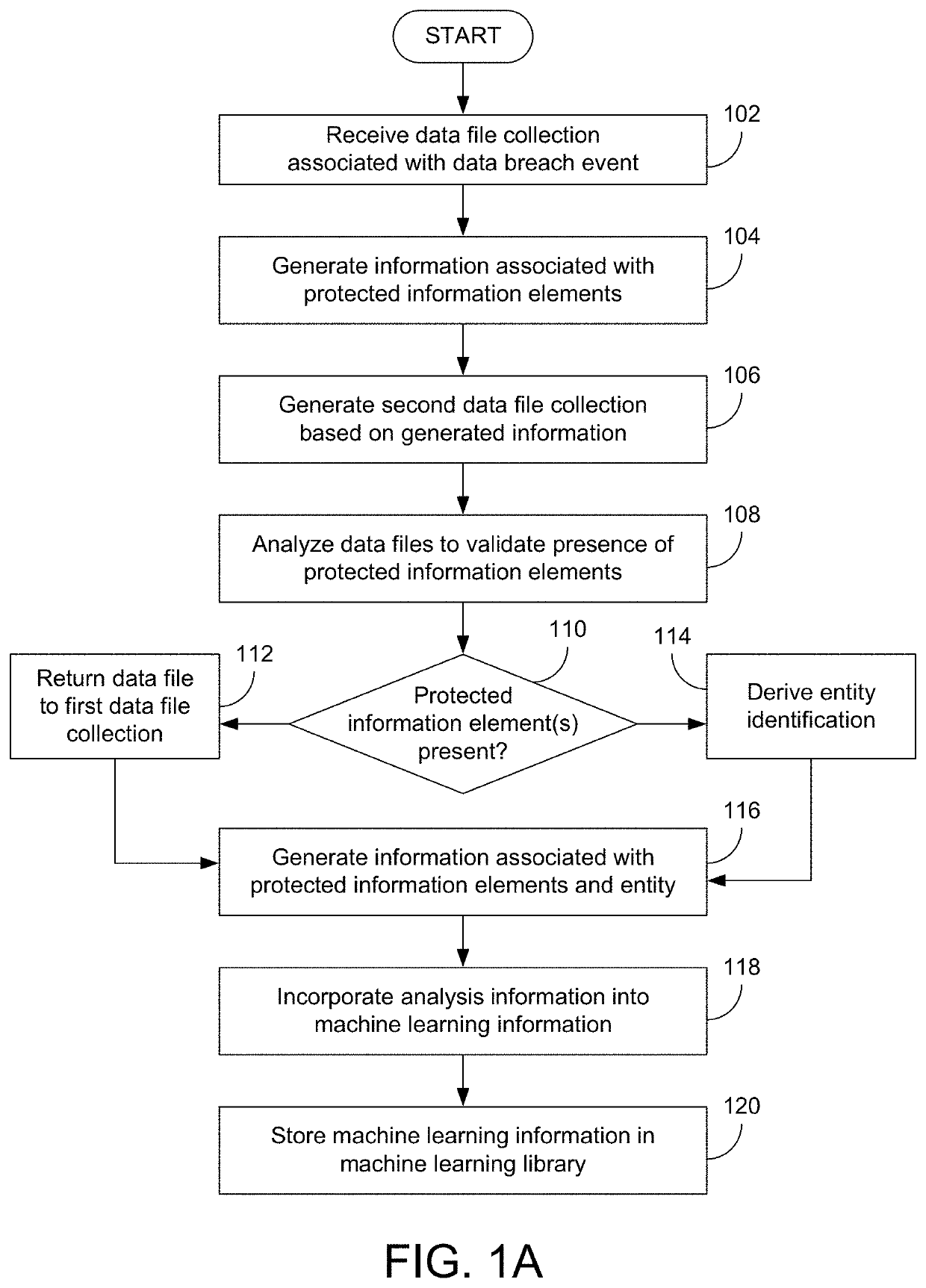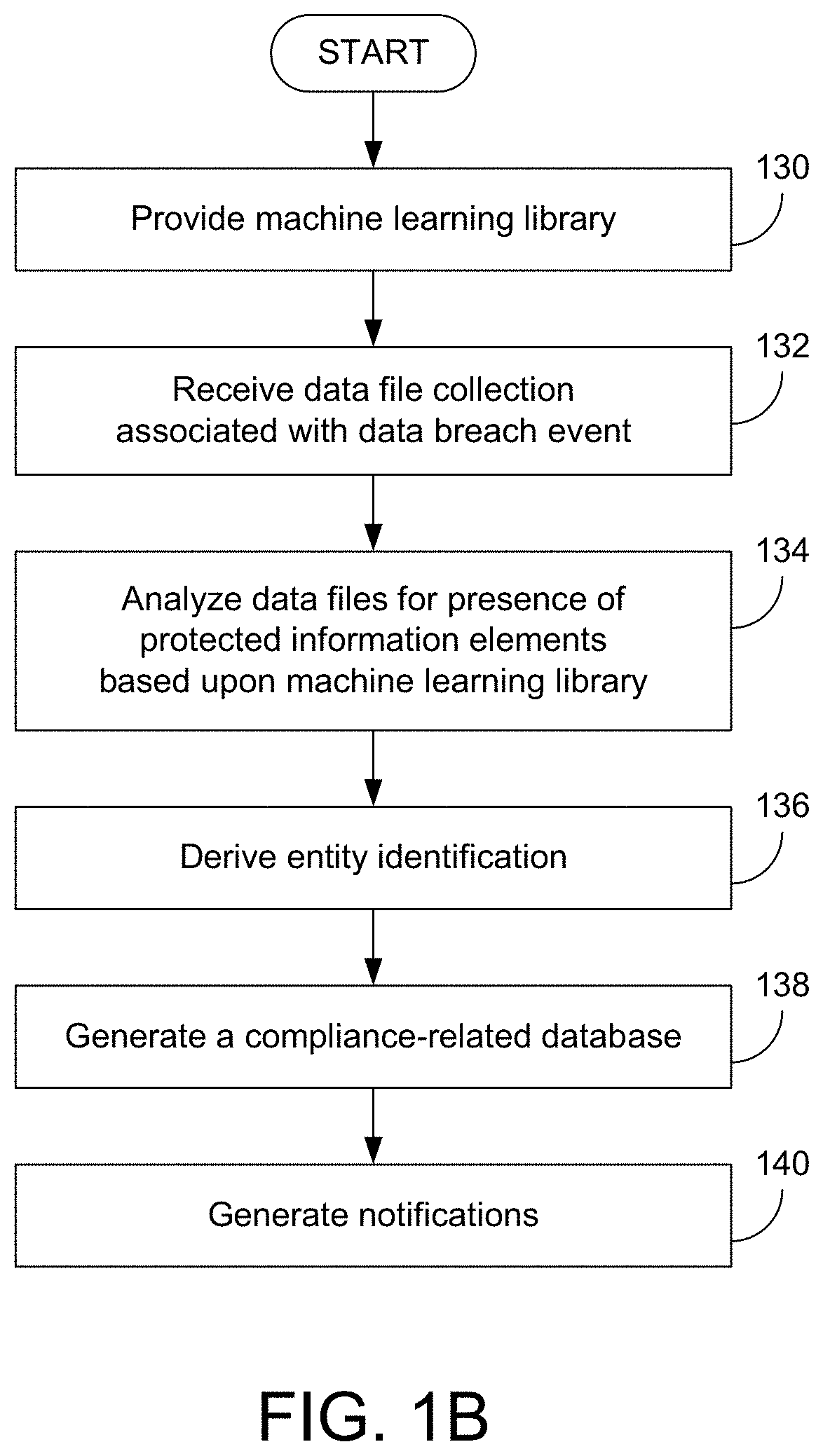While most reported data breaches can be attributed to hacking or
malware attacks by third parties with nefarious intentions, other breaches can be attributed to insider leaks,
payment card fraud, loss or theft of a physical hard drive of files, and
human error.
Data breaches can be quite expensive to organizations that own or are responsible for the data involved in the data breach event.
Indirect costs (reputational damages, providing cyber security to victims of compromised data, etc.) often also result.
However, not all breaches are associated with bad intent.
If an unauthorized hospital employee views a patient's
health information on a computer screen over the shoulder of an authorized employee, that also constitutes a data breach as defined by the regulatory frameworks associated with private
health information.
Data breaches can occur when employees use weak passwords, when known
software errors are exploited and when computers and mobile devices that are associated with a network are lost or stolen.
Users' connections to rogue
wireless networks that capture login credentials or other sensitive information in transit can also lead to unauthorized exposures.
Social
engineering—especially attacks carried out via email
phishing—can lead to users providing their login credentials directly to attackers or through subsequent
malware infections.
Threat actors can also target third-party business partners in order to
gain access to large organizations; such incidents typically involve hackers compromising less secure businesses to obtain access to the primary target on which networks valuable information resides.
In the US, there is no comprehensive federal law that regulates the rights of data owners and the attendant obligations of those organizations or enterprises that are fully or partly responsible for a data breach.
The consequences of
intellectual property data breaches can lead to significant legal disputes, as well as business losses if the breach is made public.
It follows that it may be necessary to perform individualized compliance activities for every state and, as such, compliance with the various regulatory obligations associated with a single data breach event can be quite complex.
Since most data breach events involve large numbers of data files and time periods for notification can be short in relevant locations / jurisdictions (e.g., EU, Colorado, Florida), time will nonetheless be of the essence even while the tasks required for compliance may be complex.
For example, during a routine audit, an
enterprise IT network administrator can determine that an unauthorized forwarding rule was unknowingly applied three years previously and that that five employee mailboxes were compromised for that entire time.
Review of data involved in data breach events has largely remained a manual task for human reviewers because the vast majority of data—some estimates say 80%—maintained in businesses today comprises some form of
unstructured data (e.g., documents, spreadsheets, emails, presentations, audio and video, web searches, images, and
social media posts, handwritten notes) that does not readily lend itself to accurate automated review and identification using prior art methodologies.
This can, in turn, lead to missed information that will never be included in the final work product, which can give rise to liability if an audit reveals such mistakes.
In many cases, the task of generating a compliance-related
database within the mandated deadlines cannot be met even with a large team of human reviewers.
While it might be expected that some of the data review could be automated in order to accelerate the review, in practice, this has not been possible for a number of reasons.
First, the laws and regulations may not include “safe harbor” provisions that will excuse missed notifications.
If a person is not identified, or if not all of the breached information is identified for that person, the person will not be able to take affirmative steps to protect herself and that person may not be included in any remedies provided to affected parties.
Existing data review methodologies are not able to automatically process the wide variety of data that may be present in data breach events, especially since much of the data generated in each organization will be “bespoke” or “customized” to the use cases and according to the preferences of businesses or that of individual employees.
Moreover, many of the data files in a data breach event will be in forms that are not readily processable by automated document review systems.
Of course, the person cannot be notified of the data breach until all relevant data is identified and manually entered into a
database where all information belonging to her is linked as a group.
If there is a large number of image files in the
database, the amount of
staffing and / or time needed to review the files and to manually extract and link all of the
relevant information can exceed the deadlines set out for notification of the breach, especially when short notification times are mandated.
For example, it could be physically impossible to marshal the resources needed to comply with the notification deadlines mandated by the GDPR of 72 hours from notification of the breach.
Even with longer turnaround times for notification, the sheer amount of data that needs to be reviewed, identified, and linked can make error-free notification database preparation difficult, if not impossible using manual review methods that integrate the work product of multiple human reviewers.
And since error-free notifications are required, current methodologies cannot allow compliance with notification rules to be ensured.
 Login to View More
Login to View More  Login to View More
Login to View More 


